“In addition to supplying a large amount of tea to the domestic market, each year Lam Dong tea industry exports about 15 thousand tons of various types of tea to markets such as Taiwan, Pakistan, Afghanistan, Russia, the US, etc., earning 34.5 million USD”; this is the comment of Mr. Nguyen Van Chau - Deputy Director of the Department of Agriculture and Rural Development (DARD) about Lam Dong's tea export.
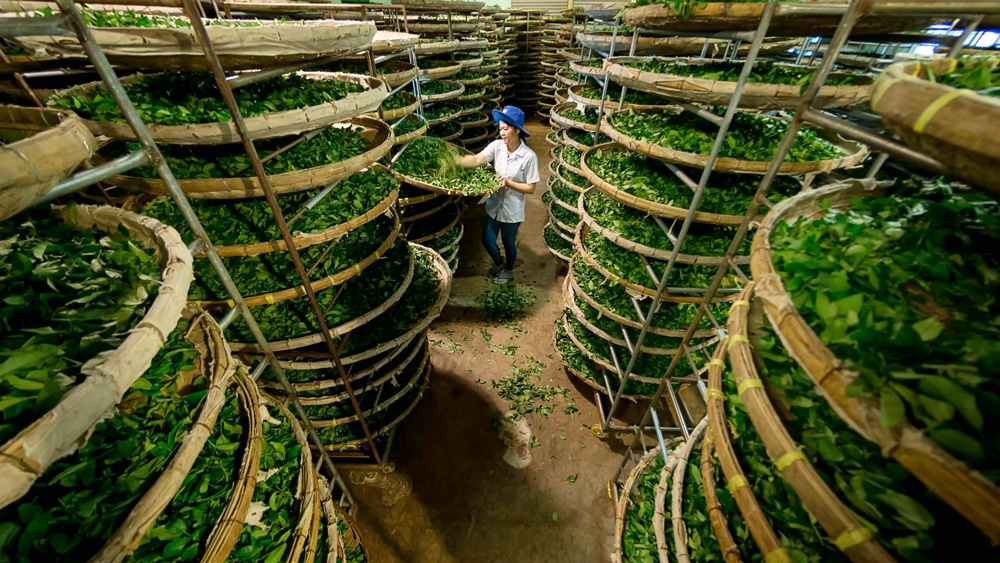 |
| Every year, Lam Dong tea industry exports about 15 thousand tons, earning 34.5 million USD. Photo: Vo Dinh Quyt |
With favorable natural conditions, tea trees have a long history of development in Lam Dong. This type of tree is currently concentrated in Bao Lam, Di Linh, Lam Ha districts, Bao Loc city and Da Lat; forming the B'Lao tea brand. The latest statistics from the Department of Agriculture and Rural Development show that the whole province currently has over 11 thousand hectares of tea, with an average yield of nearly 15 tons/ha and an output of over 160 thousand tons. Bao Lam district is the locality with the largest tea area in the province with over 7 thousand hectares.
In recent years, the tea growing area has been decreasing sharply, so the output of raw tea has decreased sharply, tea processing facilities lack raw materials for production, pushing up product prices, making it difficult to compete with other tea regions in the country. To improve the quality of the tea industry, Lam Dong province has organized the conversion of varieties to tea areas with high productivity and quality associated with purchasing and processing enterprises such as TB14, Oolong, Tu Quy, Kim Tuyen, Ngoc Thuy. At the same time, promoting the construction and expansion of quality tea production areas according to VietGAP standards, tea in the direction of high technology.
Deputy Director of the Department of Agriculture and Rural Development Nguyen Van Chau added that recently, many businesses have cooperated with farmers, creating conditions for farmers to access scientific and technical advances to improve productivity and product quality. In addition, the local tea industry has also received support from organizations and projects, so production capacity has been improved, safe and effective.
Currently, the province has 19 tea production chains with over 300 associated households with a total area of 1,600 hectares and a fresh tea bud output of about 40,000 tons. In the processing sector, the province currently has about 155 enterprises investing with a capacity of nearly 30,000 tons per year and 90 tea processing facilities with a scale of over 17,000 tons/year. Tea processing enterprises and facilities are concentrated in Da Lat City, Bao Loc and Bao Lam and Lam Ha districts.
Lam Dong province has been implementing many synchronous solutions to improve the quality and ensure food safety for local tea products. For example, encouraging businesses to build their own raw material areas to improve productivity and quality, especially tea products with stable export markets; strengthening technical management, conducting tests to identify new generation drugs and biological drugs capable of preventing and controlling tea pests and diseases to improve the quality of raw materials in tea growing areas; having credit policies to support production stages to replant tea gardens and support mechanization in harvesting; focusing on building high-tech tea production areas in Bao Loc city and Bao Lam district; promoting safe tea production in the direction of GAP, moving towards organic tea production, etc.
In addition, the agricultural sector is also implementing programs to guide farmers in applying scientific and technical measures to production, especially in terms of new varieties, harvesting, and preliminary processing, moving towards investing in the production of certified products that meet food safety standards to serve the domestic and export markets. The province is also reviewing all tea production facilities and determining food hygiene and safety conditions. At the same time, it is strictly controlling the use of pesticides on tea plants, ensuring that they do not exceed the regulations of major markets in the world.
According to Mr. Nguyen Van Chau, along with maintaining traditional markets, the provincial Department of Agriculture, localities, tea production and trading units in the area are also focusing on finding and expanding export markets. Increasingly attracting investment projects to build and upgrade processing, packaging and canning facilities according to consumer and export standards; gradually innovating processing lines and technologies to ensure quality; understanding the tastes and preferences of consumers in new markets towards researching and organizing the production of highly competitive high-end teas such as fruit-flavored tea, canned tea drinks, medicinal teas, herbal teas, etc.
Source link


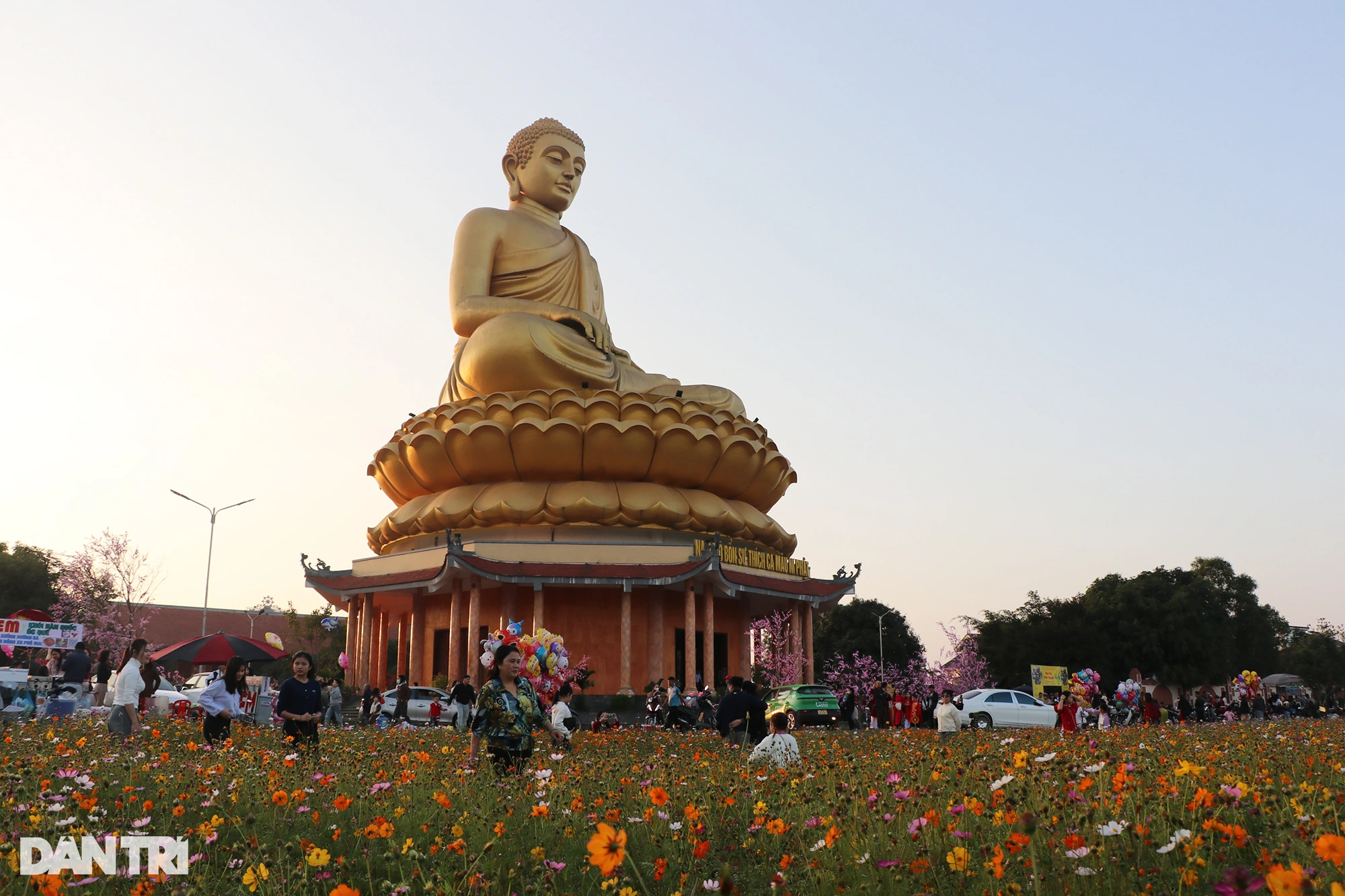



















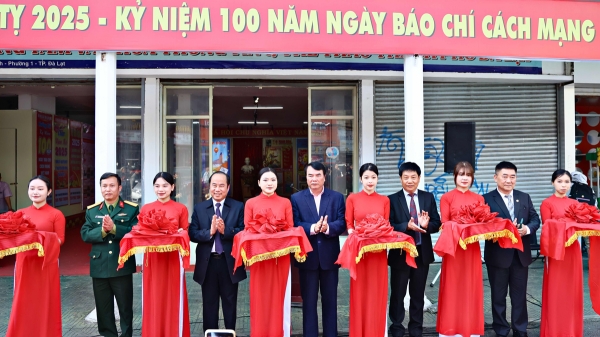
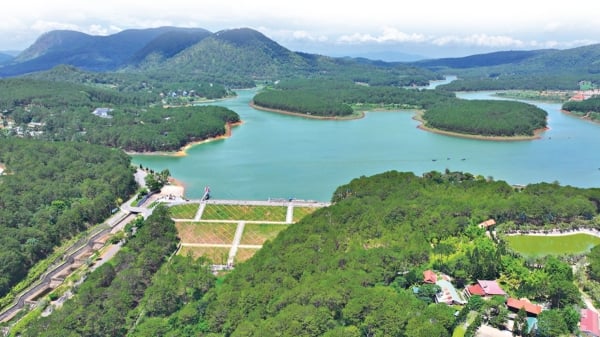
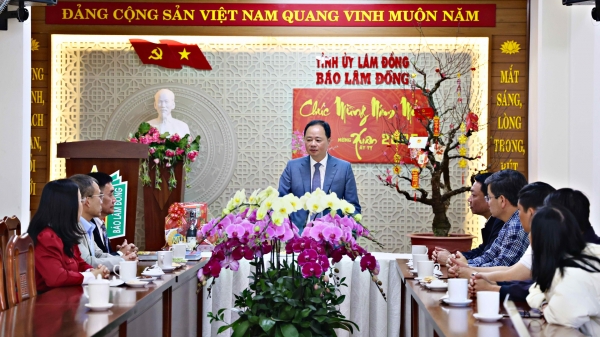
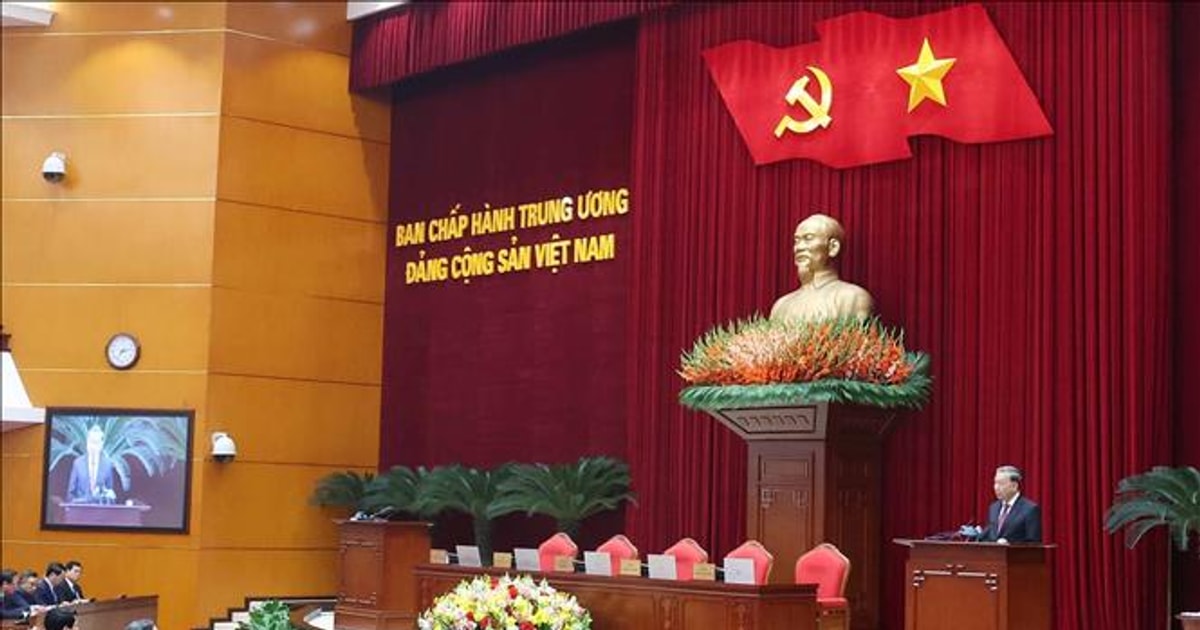

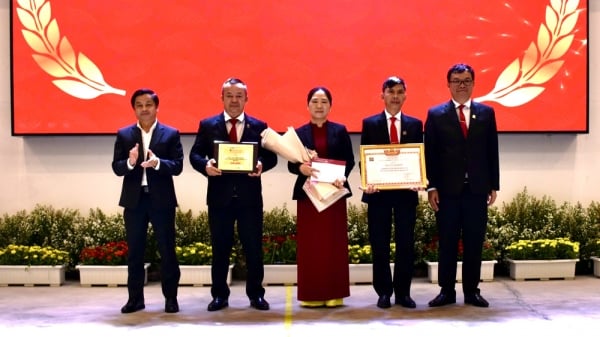





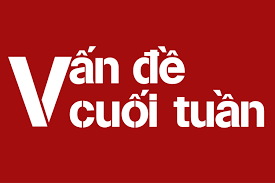
















Comment (0)